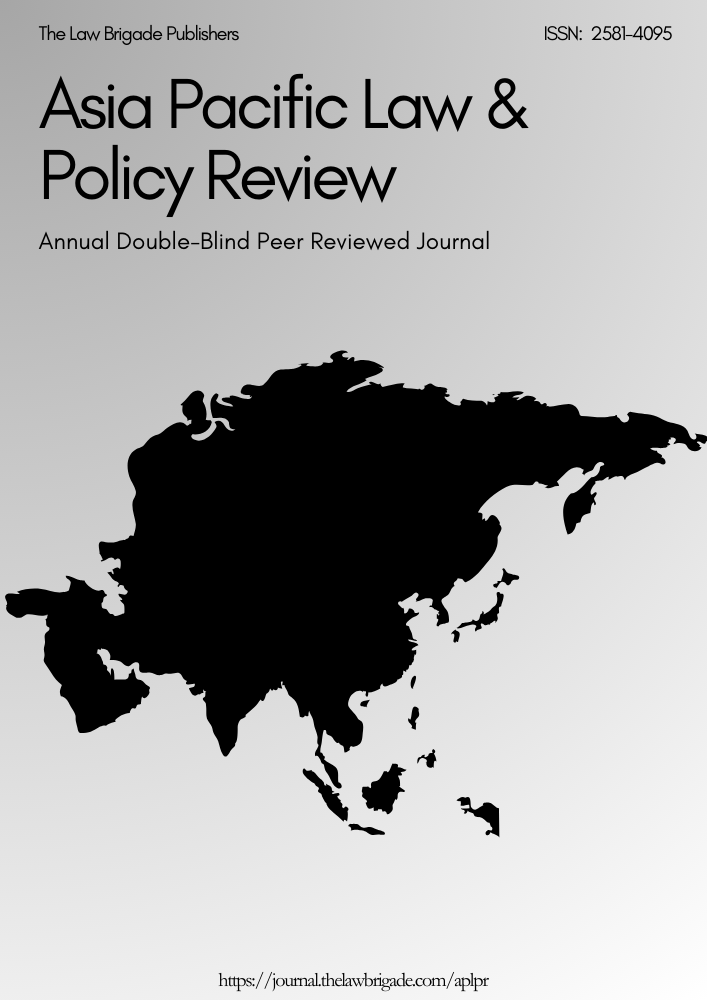ARTISANAL AND SMALL-SCALE GOLD AND DIAMOND MINING, WITH RELATIVE IMPACTS ON THE ENVIRONMENT IN THE FORESTED AREAS OF CAMEROON: A CRITICAL ANALYSIS
Keywords:
Mining, Forestry, Forested AreasAbstract
This paper is aimed at critically analysing the legal framework on the environmental impacts of artisanal and small-scale gold[i] and diamond mining in The Ngoyla-Mintom Forest Massif (NMF) and the Sangha Tri-National Park (TNS) Landscape[ii] located in Cameroon only. Small-scale mining includes enterprises or individuals that employ workers for mining, but generally still using manually-intensive methods, working with hand tools. However, studies in ASM indicates that the main impacts are: deforestation and land degradation; open pits causing human and animal traps and health hazards (including acting as mosquito breeding grounds due to stagnant water collection after being abandoned by the miners); mercury runoff from gold amalgamation; waste accumulation from inefficient extraction; dust and noise pollution; underground instability and long-term hazards.[iii] Realistically, are the existing laws and regulations governing ASM in Cameroon effectively implemented and complied with? This raises serious concern about the benefits that accrue to them from this age-old activity. Local miners in The Ngoyla-Mintom Forest (NMF) and the Sangha Tri-National Park (TNS) Landscape are generally not aware of the provisions in the mining code of 2016, the forestry law of 1994 and other affected laws. There is no doubt that with appropriate laws and policies, when duly implemented and complied with, ASM can protect our environment and improve the lives of those who are involved in this activity as while as those of the local communities.
Downloads
Downloads
Published
Issue
Section
License

This work is licensed under a Creative Commons Attribution-NonCommercial-ShareAlike 4.0 International License.
License Terms
Ownership and Licensing:
Authors of research papers submitted to any journal published by The Law Brigade Publishers retain the copyright of their work while granting the journal specific rights. Authors maintain ownership of the copyright and grant the journal the right of first publication. Simultaneously, authors agree to license their research papers under the Creative Commons Attribution-ShareAlike 4.0 International (CC BY-SA 4.0) License.
License Permissions:
Under the CC BY-SA 4.0 License, others are permitted to share and adapt the work, even for commercial purposes, provided that appropriate attribution is given to the authors, and acknowledgment is made of the initial publication by The Law Brigade Publishers. This license encourages the broad dissemination and reuse of research papers while ensuring that the original work is properly credited.
Additional Distribution Arrangements:
Authors are free to enter into separate, non-exclusive contractual arrangements for distributing the published version of the work (e.g., posting it to institutional repositories or publishing it in books), provided that the original publication by The Law Brigade Publishers is acknowledged.
Online Posting:
Authors are encouraged to share their work online (e.g., in institutional repositories or on personal websites) both prior to submission and after publication. This practice can facilitate productive exchanges and increase the visibility and citation of the work.
Responsibility and Liability:
Authors are responsible for ensuring that their submitted research papers do not infringe on the copyright, privacy, or other rights of third parties. The Law Brigade Publishers disclaims any liability for any copyright infringement or violation of third-party rights within the submitted research papers.


